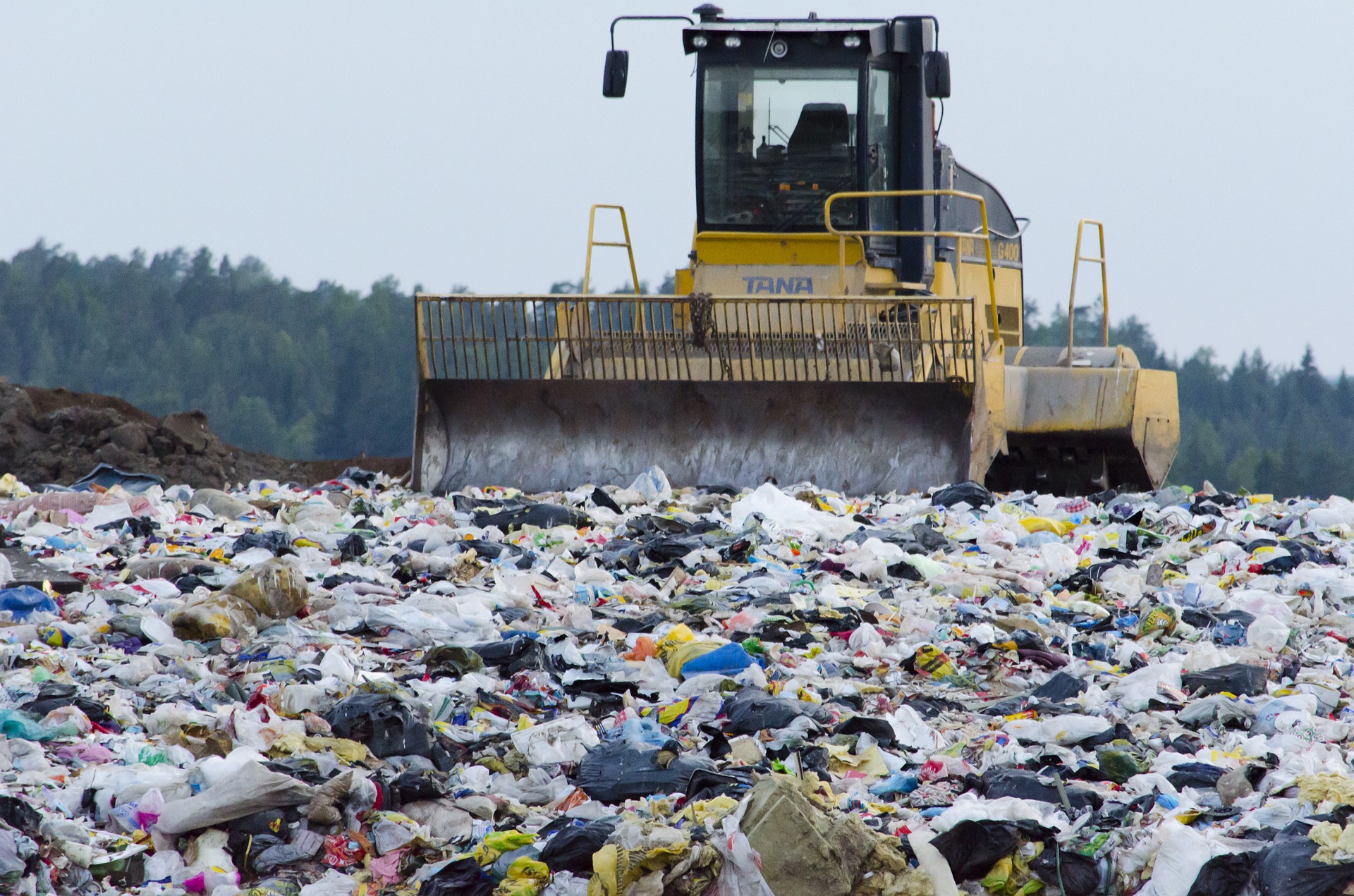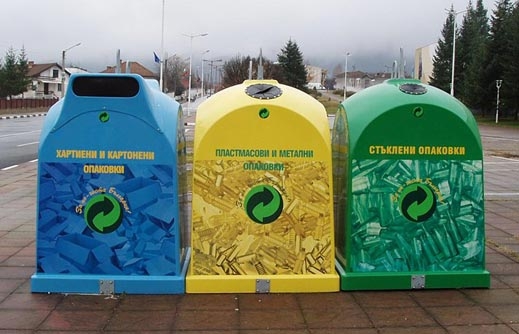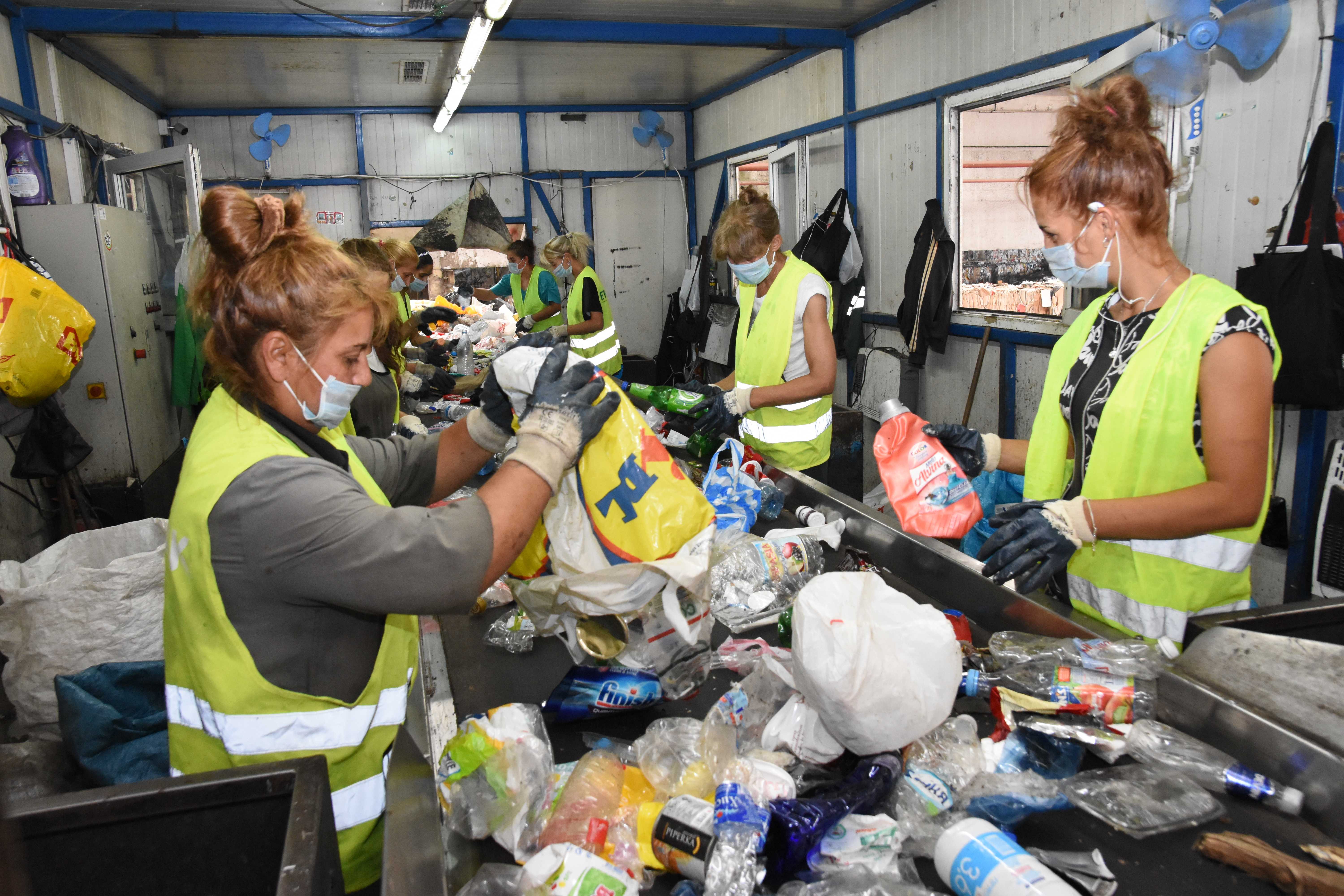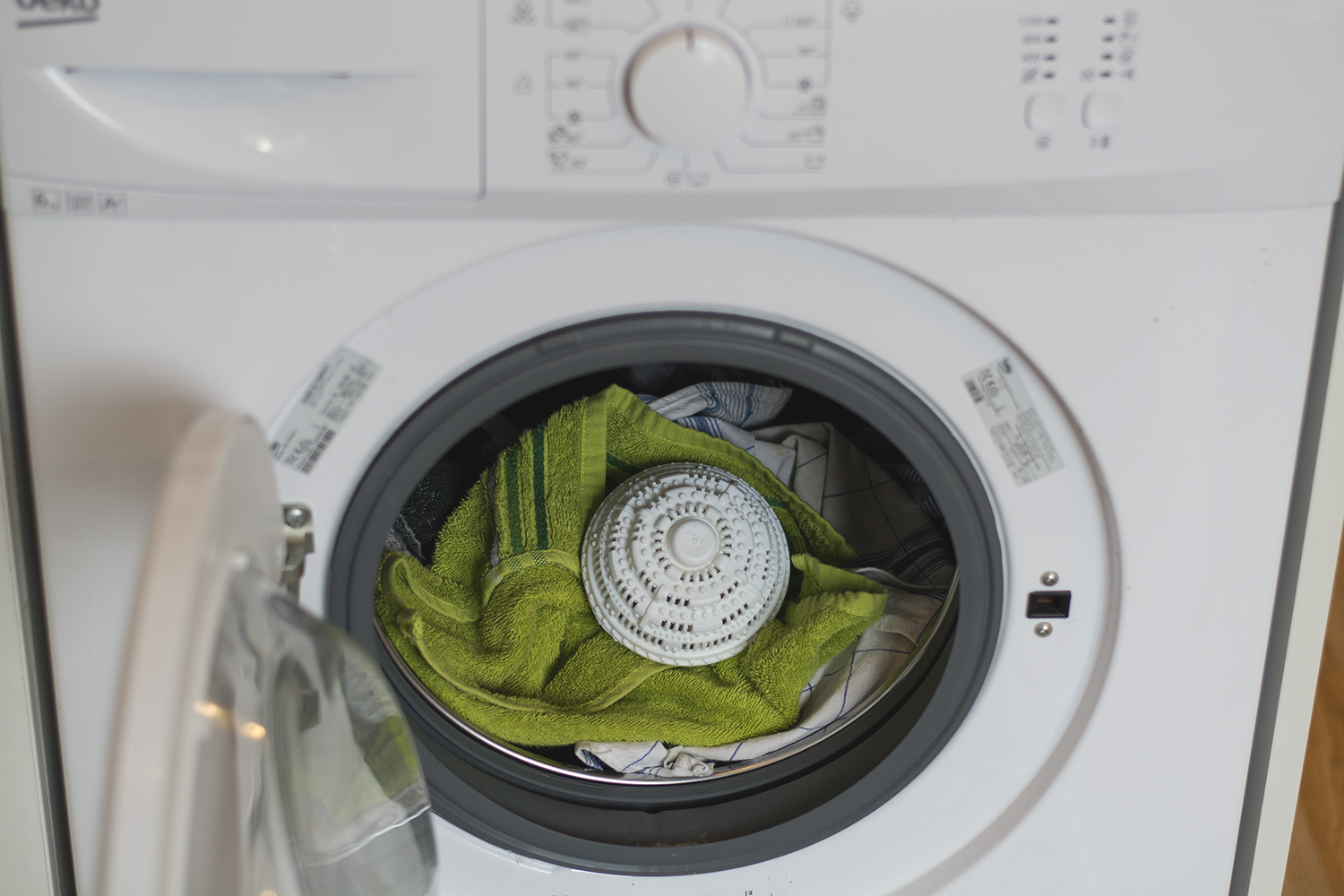Where do we start from?
Do you need exposure to pre-apocalyptic movies, scary future forecasts and concerning photos of polluted beaches or trapped in trash animals? The fact that you’re on our blog shows that you are aware of the crossroad mankind is facing at the moment.
We already addressed the food waste problem in a previous article and what happens to food leftovers when they get in touch with the soil. And, of course, we also shared some trics about keeping your food fresh for longer.
What is the next step on the path to sustainability then?
The greatest enemy to sustainability nowadays is definitely the invention of plastic. But is plastic the only material harming our environment? When plastic was first invented during the previous century no one predicted the scope of its wide usage nowadays. In the beginning of 20th century a Belgian chemist patented Bakelite – the first plastic made from synthetic components whose slogan was “The material of a thousand uses”. From then on plastic spread like wildfire, people weren’t dependent on nature anymore for clothes, weapons, kitchenware, toys…from the 60s till today.
According to PlasticsEurope, during the 60s the amount of plastic manufactured per year was 5 million tons. In comparison, in 2011 this number jumped as high as 280 million tons which is more than a 50 times increase in only 50-60 years time!
How much trash are we actually generating?
People generate around 1,3 billion tons per year! Countries which contribute most to this number are not only China and The USA but also Japan, Brazil and Germany. Fast growing cities often lack well-developed garbage collection and separation systems.And the more industrialisation and urbanisation grow, the harder trash collection and menaging becomes. According to the World Bank around 40% of the garbage worldwide lays on illegal landfills.
A curious fact to note here is that 80% of the trash found in the World Ocean doesn’t come from ships or fishherman but from the shore. When trash gets to the wrong place it can clog drains and cause floods. Also, when trash gets burnt, the toxic chemicals emitted in the air can cause respiratory problems. If we turn our gaze to the financial side of things, a big percentage of the state budget in developed countries goes to the menagement of trash – between 20 and 50%. The harmful toxins in plastic products can cause different allergies, cancer and reproductive problems. Moreover, when non recycled/nonrecyclable items get to landfill – they outlive us with at least 400 years.

You have probably heard of microplastics?
The sad truth is that plastic doesn’t decompose in nature. It takes years for it to break into small pieces (microplastics). These pieces get into the water we drink; into the soil on which we grow our crops, herbs and flowers. From there on they get into our bodies through the food we consume. It’s a vicious circle.
What is the way out?
Thousands of cities in the USA started introducing the pay-as-you-throw system. How this works is that one pays tax for every bag of trash he/she throws away. This practice reduced the trash generated per person and improved the recycling rates in the country.
How many bags of trash do you throw per day/week?
Part of the global trash problem is the irregular collection and the lack of proper separation facilities. You might be surprised by the many types of waste one household generates – organic, tech (you can find out more about it HERE), textile and of course, paper, plastic, metal, glass and mixed. This is without counting the sanitary, industrial and agricultural waste. In Bulgaria there are municipalities where one can find 3 different types of recycling containers and others where there are only 2 depending on the recycling company managing the region. In Sofia there are 3 main companies – Ecopack Bulgaria, Ecobulpack and Bulecopack. Only Ecopack Bulgaria provides a blue container for the separate collection of paper waste. The other companies provide a yellow container where citizens are prompted to throw their recyclable paper, plastic and metal waste.

Photo credit: Money.bg
How much trash gets recycled in Bulgaria?
The statistics per capita in Bulgaria are a little grim, less than 10% of the waste is actually being recycled. Sadly, when local recycling rates are so low, countries start importing trash from abroad to keep the recycling machines working. Bear in mind that even the general waste bins in Bulgaria (grey in colour) are also being looked-over for potential recyclable products and the leftovers are used as raw materials for making RDF (Refuse Derived Fuel/Solid Recovered Fuel). In certain countries recycling is segregated into more categories and different types of plastic are managed differently but Bulgaria is still behind with employees manually segregating the different types of plastic in the recycling facilities.

How can we improve the situation?
Wash the recyclable packaging which you’ve used before putiing it in the containers so that your actions have a maximum impact. If you happen to live in Bulgaria and there are no recycling containers in your neighbourhood, you can submit a request to the municipality. From there they’ll respond taking into consideration the local infrastracture, population number, traffic, etc. Same rules apply when you submit complaints too.
What about burning trash?
Burning waste in order to produce energy sounds kinda reasonable, right? There is also combustion by gasification and by the method of perolysis – decomposition in an oxygen-free environment. However, in order for trash to get burnt, it first needs to be collected somewhere which requires a huge use of land for the purpose, the released odour after burning is far from pleasant and if the burning installations don’t have proper filters, plenty of pollutants such as heavy metals, acid gases and dioxins get emitted into the air we breathe.

You can check out the graphic representation of these facts HERE
Are there any other options?
Another possible way to get rid of plastic sustainably is by using microorganisms or worms (for example Galleria mellonella) which feed on plastic. Can they cope up with our consumption rates though?
The biodegradable and compostable alternatives to plastic disposable items shouldn’t be the solution. You might wonder WHY? They require special conditions in order to decompose and their manufacturing also requires the use of resources and is this all necessary for making items that one uses for the average time of 15 minutes (these items include bottles, coffee cups, coffee stirrers, food containers, cutlery, food packaging…)
In this case, if one is aiming towards a sustainable lifestyle it’s time to turn his/her gaze towards the circular economy, using less resources, upcycling and choosing more sustainable materials & ingredients.
And here comes the question, how do we influence the people around us?
Here the answer is again by living sustainably. When you build a habit and change your outlook on consumption and the world, realising your own carbon footprint, you’ll be able to explain your personal choices and inspire others. Leading by example is key, especially when it comes to our everyday choices for ourselves, our children, our home and planet : )
Change starts from within
No, thank you, I’ve got this one already (Also known as Ne, merci, nosia si in Bulgarian) is a favourite phrase originally created by the author of this article and many more, Rada Boneva or a simple “No straw please” can serve as starting points of your personal journey. Change starts from within and spreads out to every other branch of one’s life – household, career and if we see through the rose-tinted spectacles,the politicians.
What are the sustainable alternatives to the most commonly used products?
- Shopping – When planning our weekly menu, it’s not that difficult to do the shopping using our own cloth bags (if you’re in the creative mood, you can also make your own using old t-shirts, pillow cases, curtains) and food containers (you can use old ice cream tubs or jars). Look around – solutions are often at arm’s length : )
- Bathroom – Unfortunately, most of the hygiene and body care products come in nonrecyclable plastic packaging. But, chin up, there are plenty of alternatives. have you tried the shampoo bar?

Photo credit: Morava
Such shampoo bars last quite a long time and usually one equals two liquid shampoo bottles. The annoying old plastic toothbrushes do not suit the bathroom of the sustainably minded. They’ve been substituted with beautiful bamboo ones.
Another one of our favourites is the stainless steel razor with replaceable blades. We can guarantee that it will serve you faithfully for a long time!
Ladies, here we’d like to use the opportunity to recommend the reusable menstrual products such as organic cotton pads, menstrual underwear and cups.

Of course, one can also make their own beauty products quite easily. Did you check our article on homemade beauty products? Over there you can find information on how to make your own toothpaste, deodorant, body lotion and lip balm!
- The attick – Doing laundry can also be a zero-waste activity – with the help of our mineral Eco Ball for laundry without detergents. You can use it for up to 1,000 washes which substitutes around 50 laundry detergents and saves 80% of the funds you would otherwise spend on detergents. The Eco Ball is also great for people with allergies to cosmetic products because it has no aroma and does not emit any chemicals.

The magical Marseille soap is another great substitute to a plenty of products such as the shower gel, dishwashing liquid, facial cleanser, cleaning detergent and stain remover.
- Traveling – All above mentioned alternatives will save you the hassle during airport security checks. But the one thing which we always keep in our backpacks is the stainless steel/bamboo straw in a reusable pouch.
Another compact beauty from our collection are the toothpaste tablets, substituting the boring conventional toothpaste.

For more alternatives and first steps towards Zero-Waste, you can check out the interesting article of our friend Liya from Contrabond . Sustainable materials that are worth investing in are glass, stainless steel, bamboo and wood. We know that it’s hard to let go of old habits but certain ones might be worth changing for the sake of our planet. Also, reusable products might sometimes seem expensive but they pay for their value over time as they’re much more longlasting, sometimes even transferable from one generation to another.
And lastly, we’d like to remind you to follow our social media channels for a daily dose of sustainable inspiration! Keep an eye on our blog as well because we’ll shed some light on the waste that gifts generate and how to choose more sustainable ones for our beloved people.
See you soon : )
References:

